Description
Alexander and Sadiku’s fourth edition of Fundamentals of Electric Circuits continues in the spirit of its successful previous editions, with the objective of presenting circuit analysis in a manner that is clearer, more interesting, and easier to understand than other, more traditional texts. Students are introduced to the sound, six-step problem solving methodology in chapter one, and are consistently made to apply and practice these steps in practice problems and homework problems throughout the text.
Each chapter opens with a discussion about how to enhance skills which contribute to successful problem solving as well as successful careers or a career-oriented talk on a sub-discipline of electrical engineering. This is followed by an introduction that links the chapter with the previous chapters and states the chapter objectives. The chapter ends with a summary of key points and formulas.
A balance of theory, worked examples and extended examples, practice problems, and real-world applications, combined with over 350 new homework problems for the fourth edition and robust media offerings, renders the fourth edition the most comprehensive and student-friendly approach to linear circuit analysis.
The text already included openended questions that help students use creativity, which is an important part of learning how to design. We already have some questions that are open desired to add much more into our text in this important area and have developed an approach to do just that.
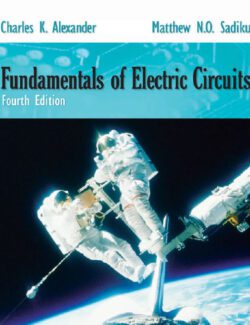
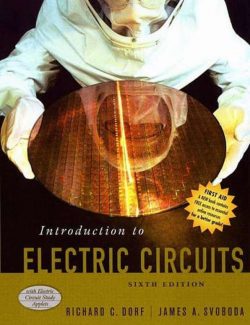

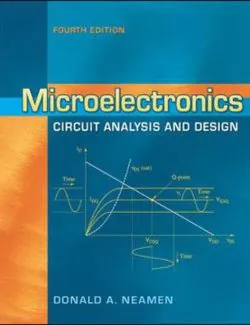



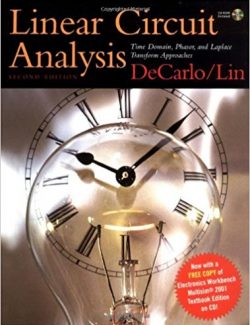
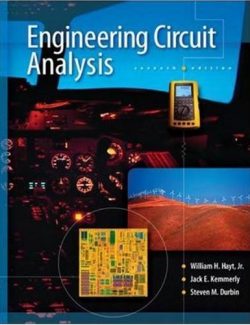




Leave us a comment
No Comments